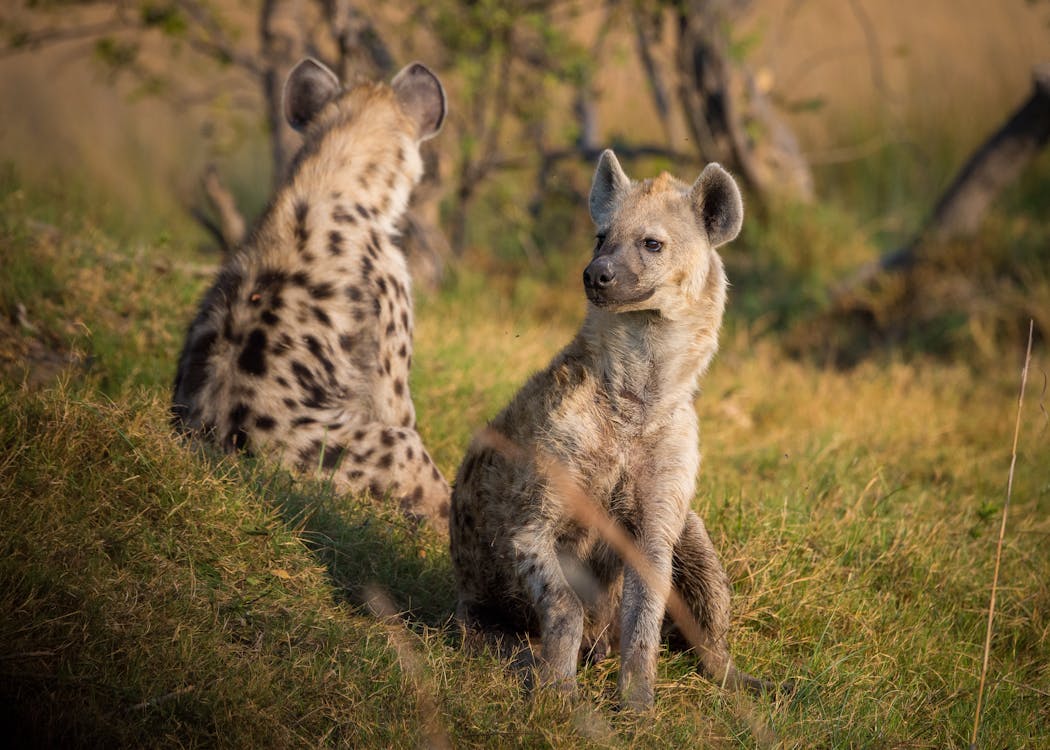
The Big Five and Beyond: Africa's Iconic Wildlife
When planning an African safari, most travelers have the "Big Five" at the top of their wildlife wishlist. Originally coined by big-game hunters, the term refers to the five most difficult and dangerous animals to hunt on foot: lion, leopard, elephant, rhinoceros, and Cape buffalo. Today, these iconic species are hunted with cameras rather than guns, but they remain the stars of the safari experience. However, Africa's wildlife treasury extends far beyond these famous five.
The Big Five: Africa's Wildlife Royalty
Lion: The King of Beasts
As the only truly social big cat, lions live in prides dominated by related females who do most of the hunting. Male lions, with their magnificent manes, defend territory and the pride's cubs. While once widespread across Africa and parts of Europe and Asia, lions now exist primarily in protected areas across sub-Saharan Africa. The best places to see them include Tanzania's Serengeti, Kenya's Masai Mara, and South Africa's Kruger National Park.
Leopard: The Elusive Hunter
Leopards are the most adaptable and secretive of the big cats. Masters of camouflage, they're often spotted draped over tree branches where they rest during the day and store kills away from other predators. Solitary and primarily nocturnal, leopards can be challenging to find, making a sighting particularly special. South Africa's Sabi Sands Game Reserve and Zambia's South Luangwa National Park are renowned leopard-watching destinations.
African Elephant: The Gentle Giant
The world's largest land mammal, African elephants can weigh up to 7 tons. These intelligent creatures live in matriarchal family groups led by the oldest female. Their complex social structures, tool use, and apparent emotional responses make them fascinating to observe. Botswana's Chobe National Park, Zimbabwe's Hwange National Park, and Kenya's Amboseli National Park offer exceptional elephant viewing.
Rhinoceros: The Prehistoric Survivor
Africa is home to two rhino species: the more common white rhino and the critically endangered black rhino. Despite their names, both are gray; the "white" comes from a mistranslation of the Dutch word "wijd" (wide), referring to the white rhino's wide, square lip. Rhinos face severe poaching threats for their horns, making them increasingly rare. South Africa's private reserves and Namibia's Etosha National Park are among the best places to see them.
Cape Buffalo: The Silent Threat
Often considered the most dangerous of the Big Five due to their unpredictable nature and tendency to charge when threatened, Cape buffalo travel in large herds that can number in the hundreds. These massive bovines have never been domesticated and are responsible for more hunter deaths in Africa than any other large animal. They're widely distributed across sub-Saharan Africa's grasslands and savannas.
Beyond the Big Five: Africa's Diverse Wildlife
The Magnificent Giraffe
As the world's tallest land animal, giraffes are unmistakable with their long necks and distinctive coat patterns. Recent research suggests there may be several giraffe species rather than just one with different subspecies. Their graceful movements and unique adaptations - including a specialized cardiovascular system to manage blood pressure between heart and brain - make them fascinating to observe.
Hippos: River Giants
Despite their rotund appearance, hippopotamuses are among Africa's most dangerous animals, responsible for more human deaths than any other large mammal. Highly territorial in water, these semi-aquatic giants emerge at night to graze on land, consuming up to 80 pounds of grass. Their massive jaws and teeth are formidable weapons.
Cheetah: Speed Demon
The world's fastest land animal, cheetahs can accelerate from 0 to 60 mph in just three seconds. Unlike other big cats, cheetahs hunt by day, using their exceptional speed for short, explosive chases. Their slender build, distinctive tear marks, and non-retractable claws set them apart from other felines.
African Wild Dogs: The Efficient Hunters
With their mottled coats and large rounded ears, African wild dogs are among the continent's most endangered carnivores. Also known as painted wolves, they hunt in highly coordinated packs with success rates far exceeding those of lions or leopards. Their strong social bonds and elaborate greeting rituals make them fascinating to observe.
Zebras: Nature's Barcode
The three zebra species (plains, mountain, and Grevy's) are instantly recognizable by their distinctive black and white stripes. Far from being merely decorative, these stripes help confuse predators, regulate body temperature, and repel biting insects. Zebras are highly social and often form mixed herds with wildebeest during migrations.
The Little Five
As a counterpoint to the Big Five, safari guides created the concept of the "Little Five" - smaller creatures that share names with their famous counterparts:
- Ant Lion: An insect larvae that creates conical pits to trap ants
- Leopard Tortoise: A large tortoise with distinctive spotted shell patterns
- Elephant Shrew: A small mammal with a long, trunk-like nose
- Rhinoceros Beetle: A large beetle with horn-like projections
- Buffalo Weaver: A bird known for its large, communal nests
Conservation Challenges
Many of Africa's iconic wildlife species face significant threats from habitat loss, poaching, human-wildlife conflict, and climate change. Conservation efforts range from anti-poaching units and habitat restoration to community-based conservation initiatives that ensure local people benefit from wildlife tourism. By visiting responsible safari operators and supporting conservation organizations, travelers can contribute to preserving Africa's incredible biodiversity for future generations.
While seeing the Big Five remains a primary goal for many safari-goers, experienced travelers know that every wildlife encounter in Africa offers something special. From the massive elephant to the tiny dung beetle rolling its ball of manure, each creature plays a vital role in the ecosystem. The true safari experience lies in appreciating this intricate web of life and the evolutionary adaptations that allow such diverse species to coexist in Africa's varied landscapes.
Gallery

Click to view

Click to view

Click to view

Click to view
Reserve Your Luxury Escape
When you stay with Pamoja, you’re doing more than exploring — you’re helping conserve wildlife, uplift communities, and protect the environment for generations to come. Let your journey be part of something greater.
Check Availability


